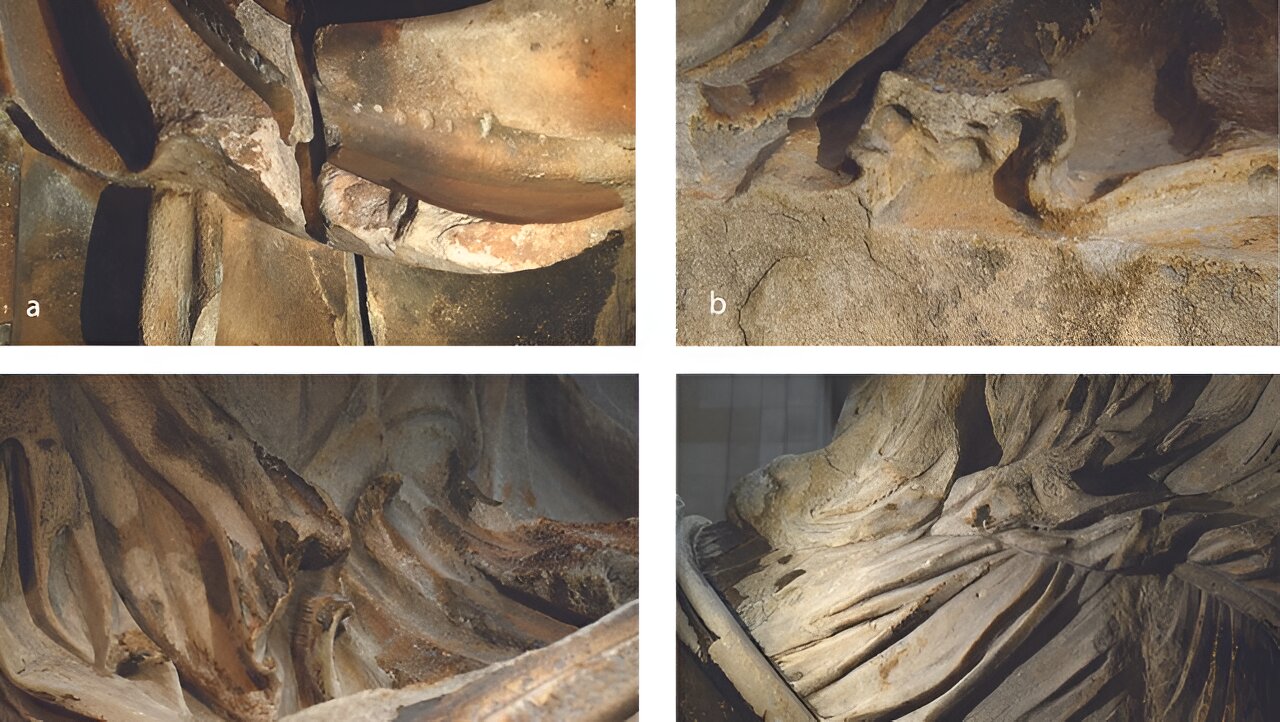New imaging and scientific investigations by a team including a King’s College London academic has found traces of the original paint used to decorate the Parthenon Sculptures, revealing they were once in fact brightly colored.
Exhibited at the British Museum, the Parthenon Sculptures, originally from ancient Greece, have for centuries been admired for their white brilliance—yet new evidence finally proves they haven’t always been this color.
A team of investigators from King’s, the British Museum and the Art Institute of Chicago has used digital imaging techniques and scientific instrumentation to examine the sculptures at microscopic level, and discovered a “wealth of surviving paint,” revealing that the sculptures had originally been painted in multiple colors, patterns and designs.
Their study was published today in the journal Antiquity.
“Even if the surfaces were not explicitly prepared for the application of paint, however, carving and color were unified in their conception. The Parthenon artists were sympathetic to the final intended polychrome sculpture, providing surfaces that evoked textures similar to those of the subjects represented. It is likely that the painters took advantage of these mimetic surfaces to achieve the final effects,” says Dr. Will Wootton, Reader in Classical Art and Archaeology and Head of Classics Department.
2023-10-12 03:00:05
Source from phys.org


















